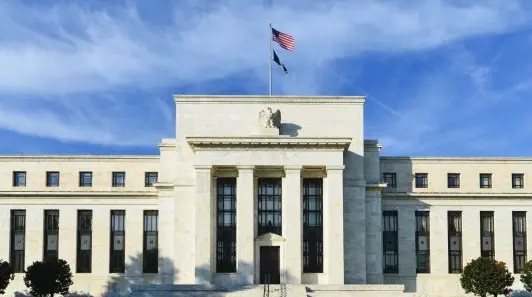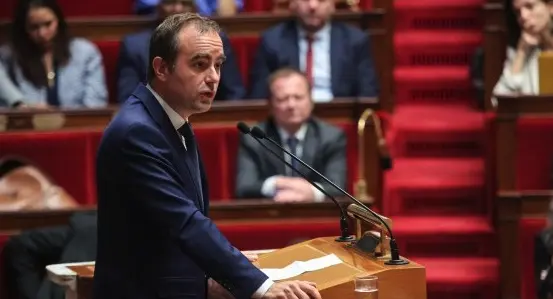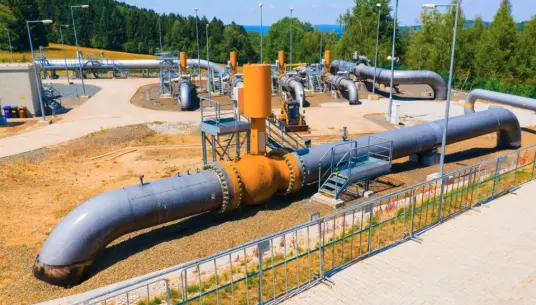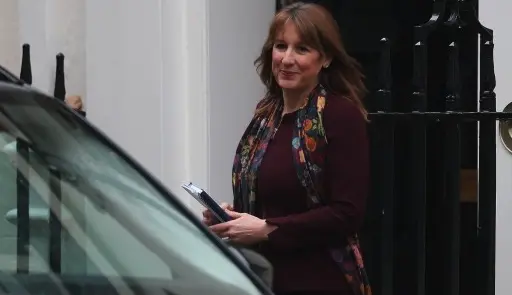
The final August CPI inflation reading was revised upward to 2.9%YoY from the 2.8%YoY figure previously reported, but it does not change the overall inflationary picture in Poland. Headline inflation that ran above 4%YoY in the first half of the year has returned to the band of acceptable deviations from the National Bank of Poland (NBP) target of 2.5% (+/- 1 percentage point). Prices of goods increased by 1.7%YoY and prices of services by 6.0%YoY compared with 1.9%YoY and 6.2%YoY, respectively, in July.
The decline in annual inflation in August mainly stemmed from lower core inflation, which, according to our estimates, fell to 3.1%YoY from 3.3%YoY in July, and a deeper drop in fuel prices. Importantly, the visible decline in annual growth rates was reported in “recreation and culture” and “house equipment” (cheaper furniture). Overall, services inflation remains elevated and sticky, but a slowdown in the price growth of the “recreation and culture” segment suggests that high prices are encountering a “demand barrier”, which should cap elevated inflation dynamics in the services category.
Declining inflation was the main reason for the central bank's re-launching of the “adjustment cycle” of monetary policy in May, which led to a total reduction of the NBP key interest rate by 100bp this year so far (to 4.75%). Despite the monetary policy easing, the real interest rate remains relatively high.
CPI near target and risks are balanced, but MPC shows heightened sensitivity to upside risk
Despite high real rates, the MPC has turned very sensitive to upside inflation risks recently. However, according to our forecasts, inflation is likely to continue running close to the target in the coming quarters. In our view, the Council will continue with gradual rate cuts as some of those risks do not materialise and/or become less acute.
For instance, the current freeze on electricity prices will almost certainly be extended into the fourth quarter. That is why we think the MPC is likely to deliver another cut in November.
There are other arguments to ease in November aside from the freeze in electricity prices. We think the new macroeconomic projection by the central bank economic staff should point to a lower inflation path than current estimates, which indicate that inflation is not returning to the target of 2.5%YoY. We assume the November projection will show inflation falling to the target or even slightly below over the medium term.
Therefore, we see a 25bp cut in November and two more 25bp cuts in 2026 as rate setters cautiously adjust monetary policy to an improving inflationary environment.











































































